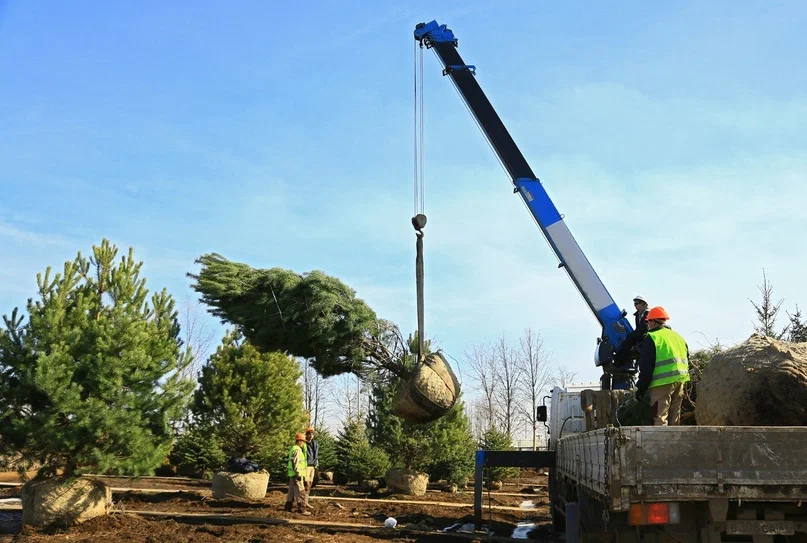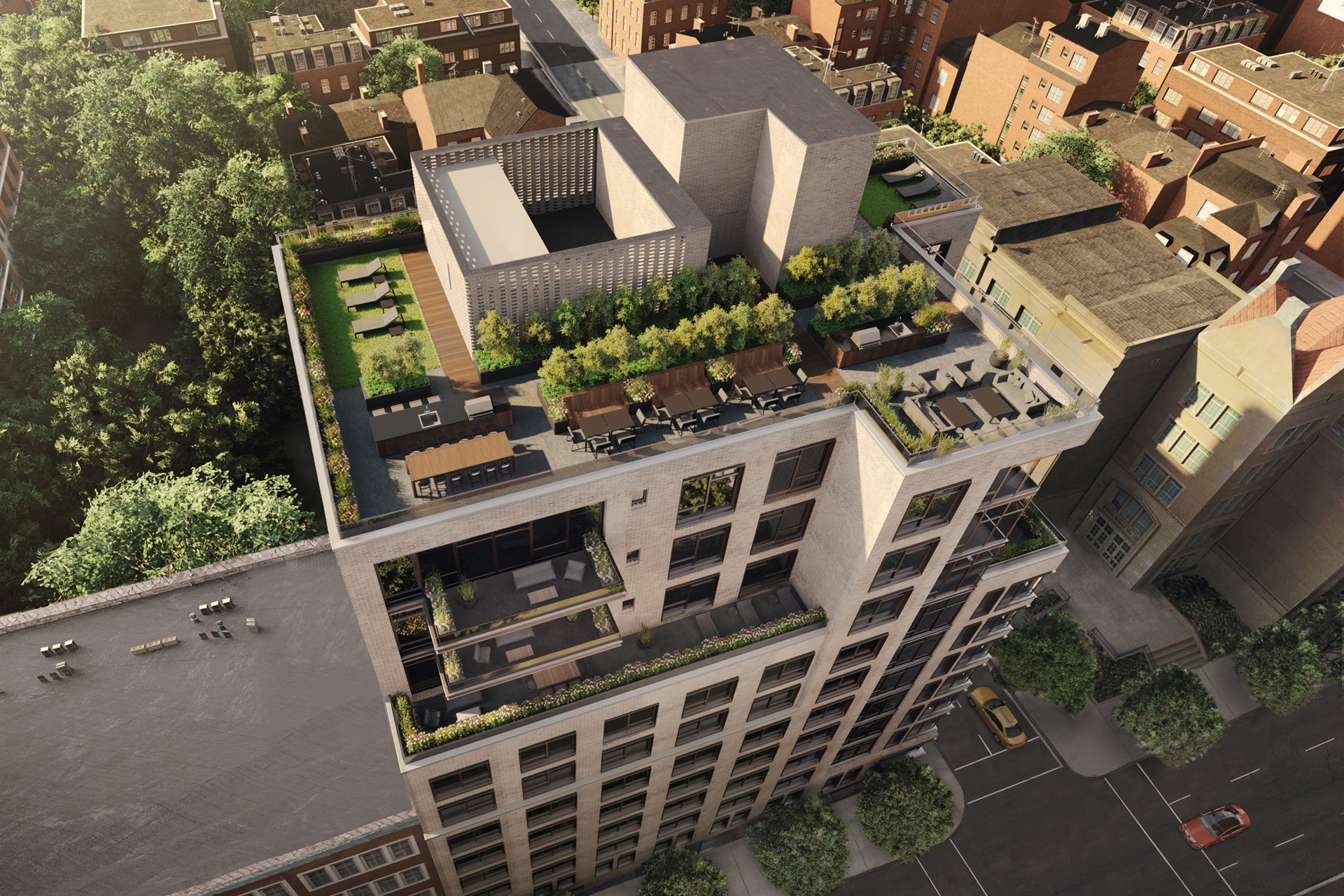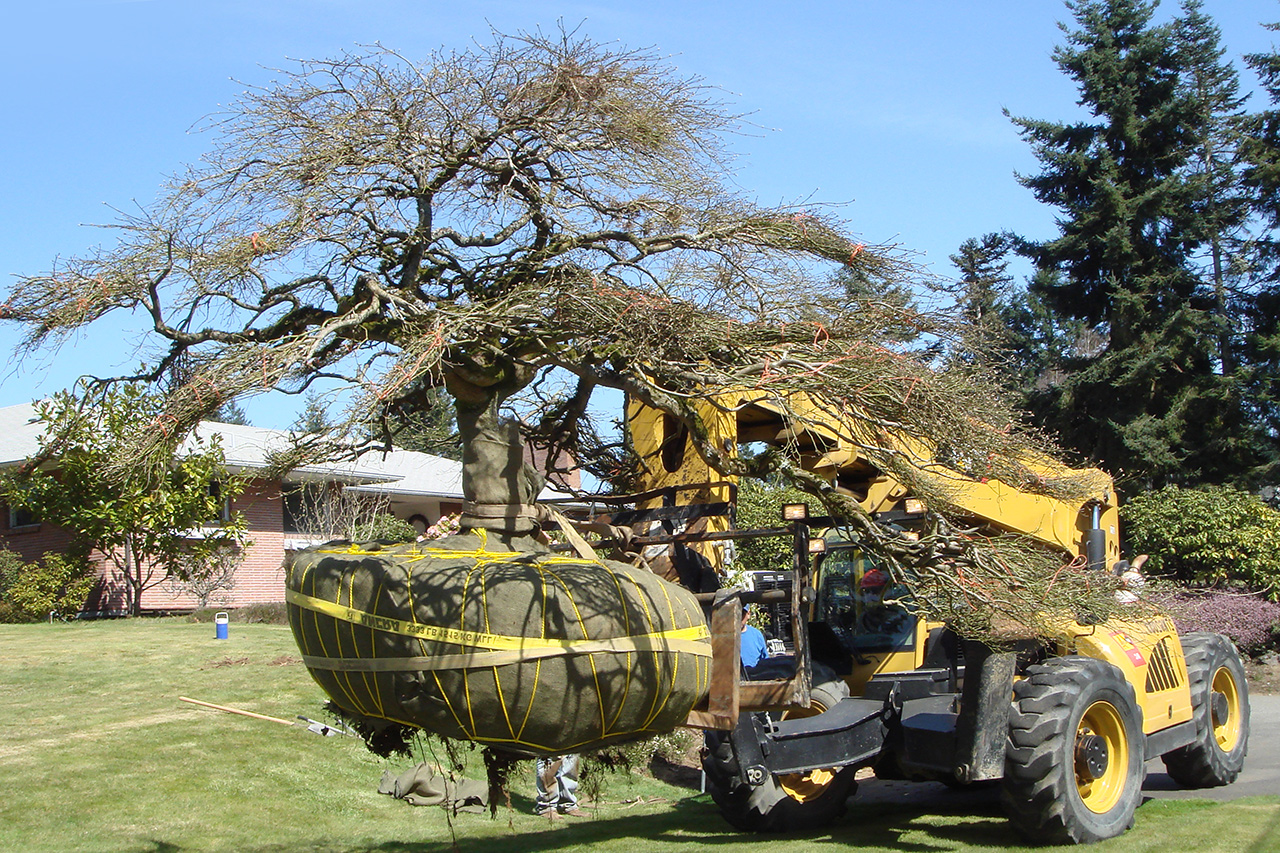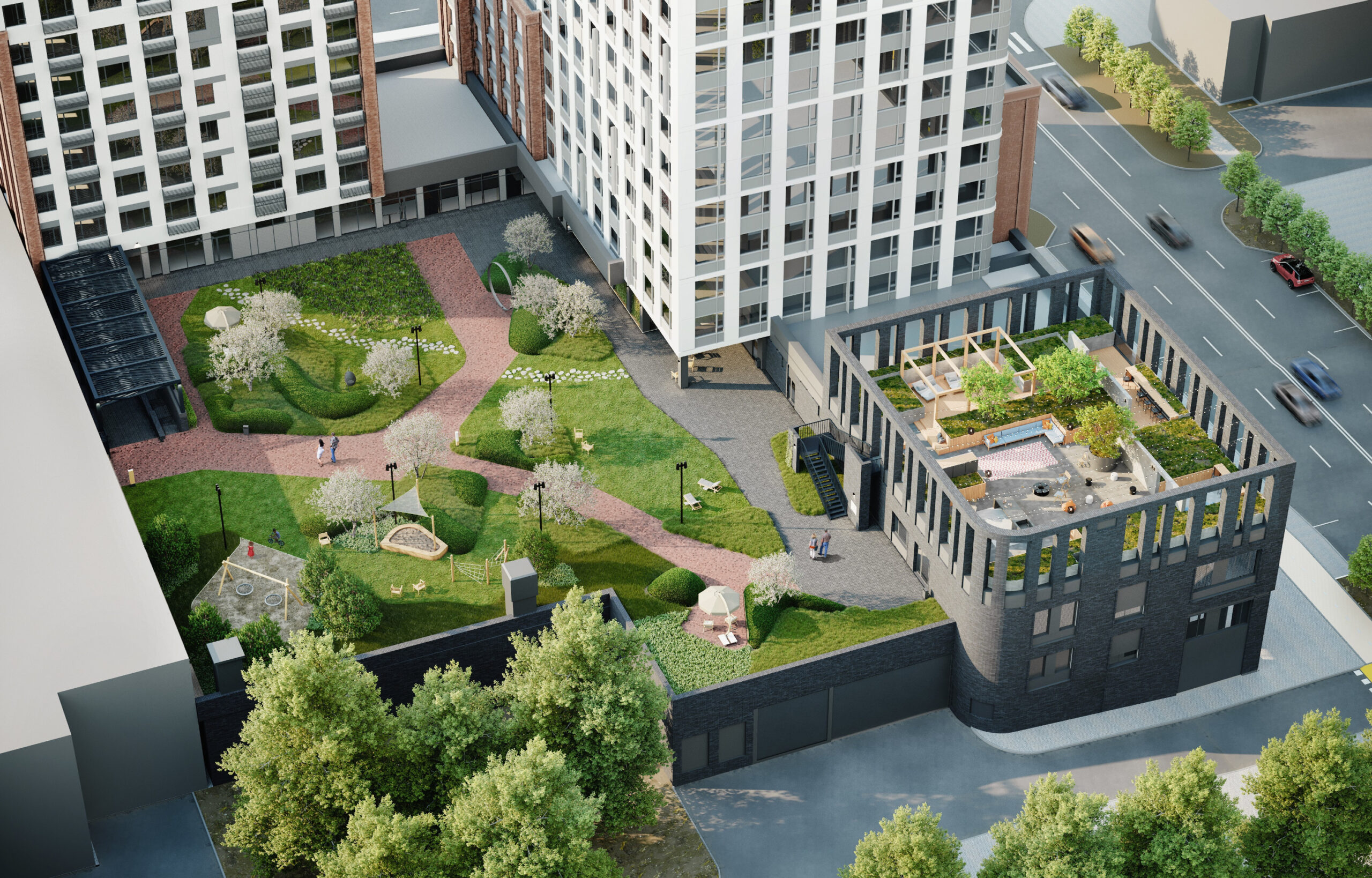Paris, the City of Light, is making headlines not just for its iconic monuments and rich history but for its ambitious plan to combat climate change. This week, the city took a significant step in its Urban Forest Plan by planting new trees at Place de Catalogne, marking the beginning of a massive initiative to plant 170,000 more trees across the city.
Why does this matter? Because conserving nature and restoring urban greenery aren’t just about aesthetics—they’re vital tools in the global fight to Act on Climate. Let’s explore how this bold plan aligns with climate action, the role of rewilding, and why cities worldwide should take notes from Paris.
What Is Paris’s Urban Forest Plan?
 The Vision Behind the Plan: Why Urban Forests Matter
The Vision Behind the Plan: Why Urban Forests Matter
Paris’s Urban Forest Plan is an ambitious project aimed at transforming the city into a greener, cooler, and more sustainable urban environment. The goal? To plant 170,000 trees by 2026, creating mini forests, shaded streets, and green corridors that enhance biodiversity and combat the effects of climate change. Urban forests are more than just trees—they’re nature’s air conditioners, cooling cities by several degrees during heatwaves. They absorb carbon dioxide, improve air quality, and create habitats for wildlife, making them crucial for both urban and ecological health.
The First Step: Place de Catalogne
 A Green Makeover: A Symbol of Climate Action
A Green Makeover: A Symbol of Climate Action
Place de Catalogne, a bustling urban square, now boasts newly planted trees as part of the first phase of the Urban Forest Plan. These trees will provide shade, reduce the urban heat island effect, and create a more inviting space for residents and visitors. This small but significant step is a testament to Paris’s commitment to climate action. It’s a visual reminder that even the densest urban areas can make room for nature when sustainability becomes a priority.
Why Paris’s Plan Is a Big Deal
Addressing Climate Change Locally: Setting an Example for Global Cities
Cities like Paris are on the frontlines of the climate crisis, facing rising temperatures, pollution, and loss of biodiversity. Planting trees and creating urban forests is a tangible way to mitigate these effects while making the city more livable. By prioritizing green infrastructure, Paris is setting an example for other cities. If one of the world’s most densely populated capitals can embrace rewilding and conservation, so can others.
The Role of Rewilding in Urban Areas
What Is Rewilding and How Rewilding Transforms Cities
Rewilding is the process of restoring natural ecosystems to their original state, allowing wildlife and native plants to thrive. In urban areas, rewilding often involves reintroducing green spaces, planting native trees, and creating habitats for pollinators and birds. Rewilding makes cities more resilient to climate change. Native plants require less water and maintenance, while diverse ecosystems can better withstand environmental shocks. It’s nature’s way of fighting back against urban sprawl.
The Climate Benefits of Urban Forests
 Cooling the Urban Heat Island and Carbon Sequestration
Cooling the Urban Heat Island and Carbon Sequestration
Concrete and asphalt trap heat, making cities significantly warmer than surrounding rural areas. Urban forests act as natural air conditioners, reducing temperatures and providing relief during scorching summers. Trees absorb carbon dioxide, one of the primary drivers of global warming. By planting 170,000 trees, Paris is creating a natural carbon sink that will help offset emissions.
Biodiversity in the City
Creating Habitats and Pollinator Pathways
Urban forests provide essential habitats for birds, insects, and small mammals, many of which struggle to survive in concrete jungles. Reintroducing greenery ensures that cities aren’t just for humans but for all forms of life. With bee populations declining worldwide, urban forests can serve as vital havens for pollinators. These tiny workers are essential for food production and ecological balance.
Challenges in Implementing the Urban Forest Plan
Space Constraints
In a city as densely packed as Paris, finding space for 170,000 trees is no small feat. Planners must balance the need for greenery with the demands of urban development.
Maintenance and Long-Term Care
Planting trees is just the first step. Ensuring their survival requires proper watering, pruning, and protection from pests—a long-term commitment for the city.
Community Involvement: A Key to Success
 Engaging Residents
Engaging Residents
Paris is encouraging residents to take part in the Urban Forest Plan through community planting events and educational programs. When people feel connected to the project, they’re more likely to support and care for the new green spaces.
Schools and Youth Programs
Educating the next generation about the importance of trees and conservation ensures that these efforts have lasting impact. Schools are playing a vital role in fostering environmental stewardship among young Parisians.
A Model for the Future
Lessons for Other Cities: The Ripple Effect
Paris’s Urban Forest Plan is more than a local initiative; it’s a blueprint for global climate action. Cities everywhere can adapt similar strategies to address their unique challenges while contributing to the global fight against climate change. When major cities lead the way, others follow. Paris’s success could inspire cities worldwide to prioritize urban forestry as a core component of their climate action plans.
We Have the Solutions. Let’s Use Them.
 Conserving and Restoring Nature; Turning Ambition into Action
Conserving and Restoring Nature; Turning Ambition into Action
Projects like Paris’s Urban Forest Plan highlight that we already have the tools to combat the climate crisis. Conserving and restoring nature is one of the most effective ways to build resilience and ensure a sustainable future. The key is to move from promises to action. Paris’s plan demonstrates that meaningful progress is possible when cities commit to bold, tangible solutions.
A Greener Paris, A Brighter Future
Paris’s Urban Forest Plan is more than an effort to plant trees—it’s a declaration of hope, a symbol of resilience, and a call to action for the rest of the world. By rewilding urban spaces and prioritizing nature, the city is tackling the climate crisis head-on. It’s proof that climate action doesn’t have to be complicated; it starts with simple, achievable steps like planting a tree.
The climate crisis demands urgency, but it also offers an opportunity to transform our cities and communities. As Paris leads the charge, the question remains: will the rest of the world follow suit? Let’s embrace the solutions we already have and take meaningful steps to act on climate today.
Tips
What is the goal of Paris’s Urban Forest Plan?
The plan aims to plant 170,000 trees by 2026, creating a greener, more sustainable urban environment to combat climate change and improve quality of life.
How does rewilding benefit cities?
Rewilding restores ecosystems, improves biodiversity, cools urban areas, and makes cities more resilient to environmental changes.
Why are urban forests important for climate action?
Urban forests absorb carbon dioxide, reduce heat, and provide habitats for wildlife, making them a vital part of any climate action strategy.
What challenges does Paris face in implementing the Urban Forest Plan?
Challenges include finding space in a densely populated city and ensuring the long-term care and maintenance of newly planted trees.
How can other cities replicate Paris’s efforts?
By prioritizing green infrastructure, involving communities, and integrating conservation into urban planning, other cities can adopt similar strategies to combat climate change.







маркетплейс аккаунтов покупка аккаунтов
продать аккаунт биржа аккаунтов
продажа аккаунтов соцсетей маркетплейс аккаунтов
маркетплейс для реселлеров перепродажа аккаунтов
магазин аккаунтов заработок на аккаунтах
продажа аккаунтов https://pokupka-akkauntov-online.ru/
Account Acquisition Account Selling Service
Gaming account marketplace Account Sale
Social media account marketplace socialaccountsmarket2025.com
Social media account marketplace Website for Buying Accounts
Account Catalog Ready-Made Accounts for Sale
Account Selling Platform Buy Account
Gaming account marketplace https://socialmediaaccountsshop.com/
Account Trading Platform Account Store
Gaming account marketplace Account Exchange Service
Account Purchase Account Acquisition
website for buying accounts website for selling accounts
account sale marketplace for ready-made accounts
account sale account trading
account buying platform marketplace for ready-made accounts
sell accounts buy and sell accounts
account exchange service sell pre-made account
account buying service account acquisition
accounts marketplace gaming account marketplace
gaming account marketplace sell pre-made account
ready-made accounts for sale secure account purchasing platform
secure account sales sell accounts
account selling platform gaming account marketplace
account buying platform https://accounts-buy.org
account buying platform account exchange service
social media account marketplace account catalog
accounts for sale account marketplace
purchase ready-made accounts profitable account sales
ready-made accounts for sale account marketplace
account selling service online account store
account exchange account buying service
accounts marketplace buy and sell accounts
buy account accounts marketplace
website for selling accounts sell pre-made account
sell account accounts for sale
account store gaming account marketplace
buy pre-made account accounts for sale
account buying platform account buying platform
website for selling accounts database of accounts for sale
verified accounts for sale https://accounts-offer.org
buy pre-made account https://accounts-marketplace.xyz
website for buying accounts https://buy-best-accounts.org
buy and sell accounts https://social-accounts-marketplaces.live/
online account store https://accounts-marketplace.live
buy accounts buy accounts
website for buying accounts https://buy-accounts.space/
verified accounts for sale https://buy-accounts-shop.pro/
social media account marketplace https://accounts-marketplace.art
buy accounts https://social-accounts-marketplace.live
account catalog accounts market
database of accounts for sale https://accounts-marketplace.online/
купить аккаунт akkaunty-na-prodazhu.pro
маркетплейс аккаунтов rynok-akkauntov.top
маркетплейс аккаунтов kupit-akkaunt.xyz
маркетплейс аккаунтов соцсетей https://akkaunt-magazin.online
магазин аккаунтов https://akkaunty-market.live/
биржа аккаунтов https://kupit-akkaunty-market.xyz
площадка для продажи аккаунтов магазины аккаунтов
продажа аккаунтов https://online-akkaunty-magazin.xyz/
маркетплейс аккаунтов соцсетей akkaunty-dlya-prodazhi.pro
маркетплейс аккаунтов соцсетей https://kupit-akkaunt.online/
facebook account sale https://buy-adsaccounts.work
buy facebook accounts for advertising facebook ad account for sale
buy ad account facebook facebook ad account for sale
cheap facebook account buying facebook accounts
facebook ads account for sale https://ad-account-buy.top
fb accounts for sale https://buy-ads-account.work
facebook accounts to buy https://ad-account-for-sale.top/
Предлагаем вашему вниманию интересную справочную статью, в которой собраны ключевые моменты и нюансы по актуальным вопросам. Эта информация будет полезна как для профессионалов, так и для тех, кто только начинает изучать тему. Узнайте ответы на важные вопросы и расширьте свои знания!
Разобраться лучше – https://medalkoblog.ru/
facebook ads account for sale https://ad-accounts-for-sale.work
buy old google ads account https://buy-ads-account.top
google ads account buy https://buy-ads-accounts.click/
buy google ads accounts google ads account for sale
buy google adwords account https://ads-account-buy.work
buy google agency account https://buy-ads-invoice-account.top/
google ads accounts google ads account buy
buy google ads agency account https://buy-ads-agency-account.top
buy google ads threshold accounts buy google ad account
buy verified bm https://buy-business-manager.org/
buy google ads threshold accounts https://ads-agency-account-buy.click
buy google ad account https://buy-verified-ads-account.work
buy bm facebook buy facebook business manager account
buy facebook verified business manager https://buy-bm-account.org
facebook bm buy buy-verified-business-manager-account.org
facebook bm account buy facebook verified business manager for sale
buy facebook business manager https://business-manager-for-sale.org
facebook business manager for sale buy-business-manager-verified.org
buy verified business manager facebook https://buy-bm.org/
facebook business manager account buy verified bm
buy verified facebook https://buy-business-manager-accounts.org/
buy tiktok ad account https://buy-tiktok-ads-account.org
buy tiktok business account https://tiktok-ads-account-buy.org
buy tiktok ad account https://tiktok-ads-account-for-sale.org
tiktok ads account buy https://tiktok-agency-account-for-sale.org
buy tiktok business account https://buy-tiktok-ad-account.org
buy tiktok ad account https://buy-tiktok-ads-accounts.org
buy tiktok business account https://buy-tiktok-business-account.org
buy tiktok ads https://buy-tiktok-ads.org
tiktok agency account for sale https://tiktok-ads-agency-account.org
парящий натяжной потолок парящий натяжной потолок .
стоимость натяжного потолка http://www.potolkilipetsk.ru .
шкаф в паркинг с рольставнями москва цена шкаф в паркинг с рольставнями москва цена .
Your point of view caught my eye and was very interesting. Thanks. I have a question for you.
аренда экскаватора москва и область аренда экскаватора москва и область .